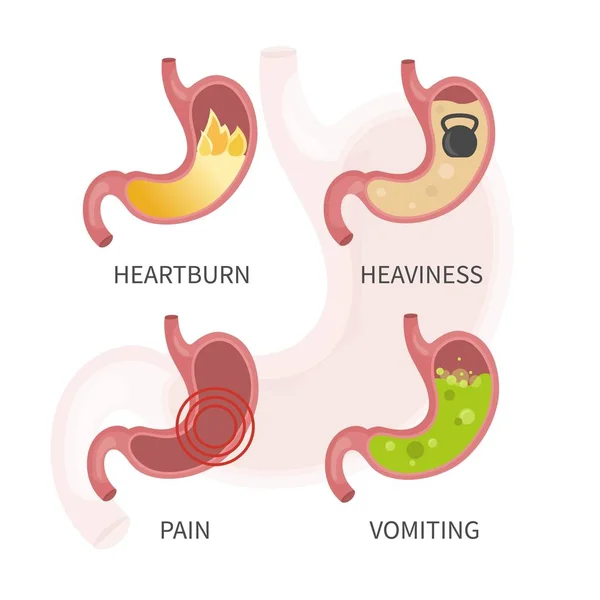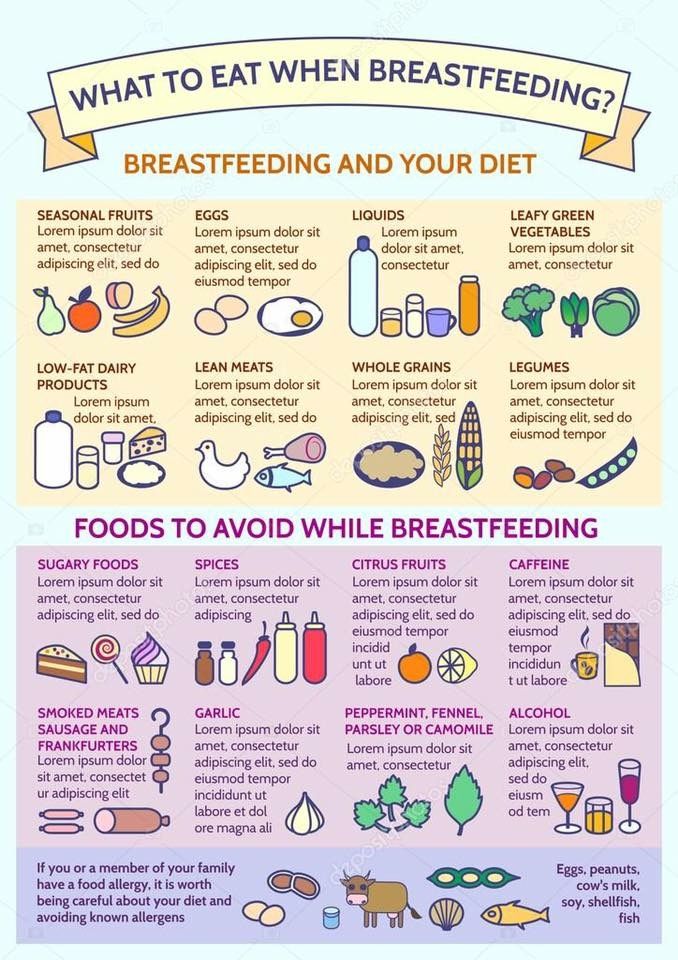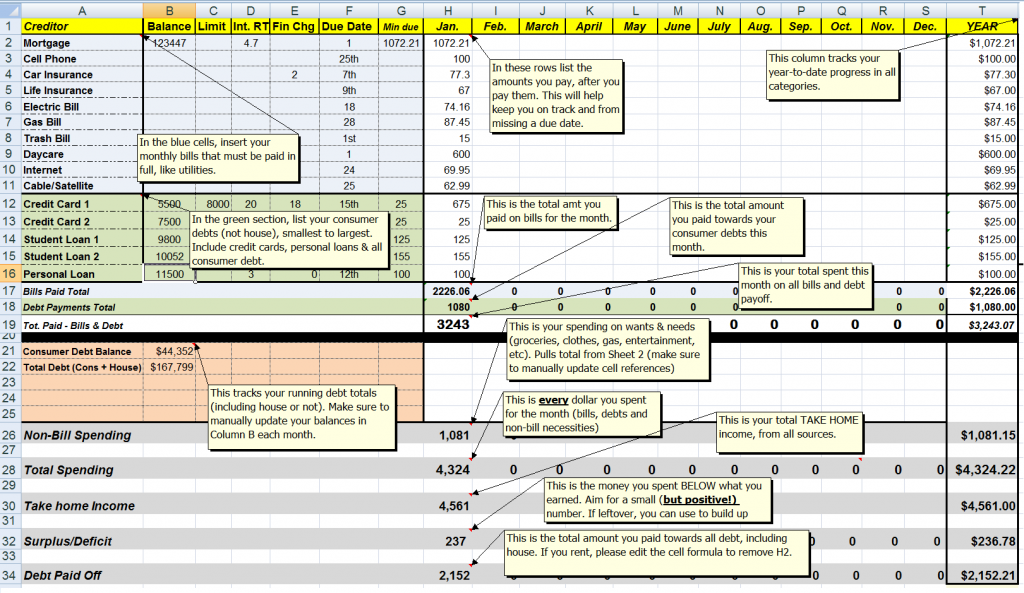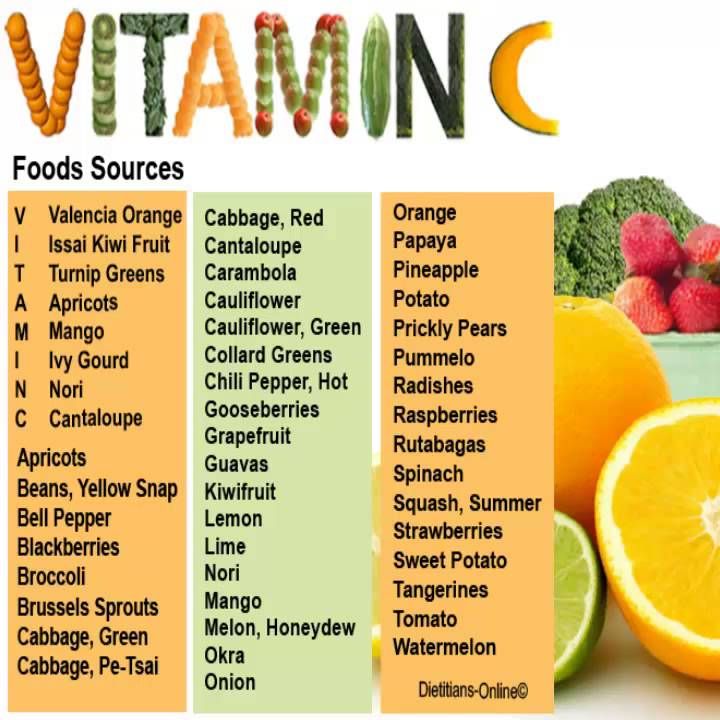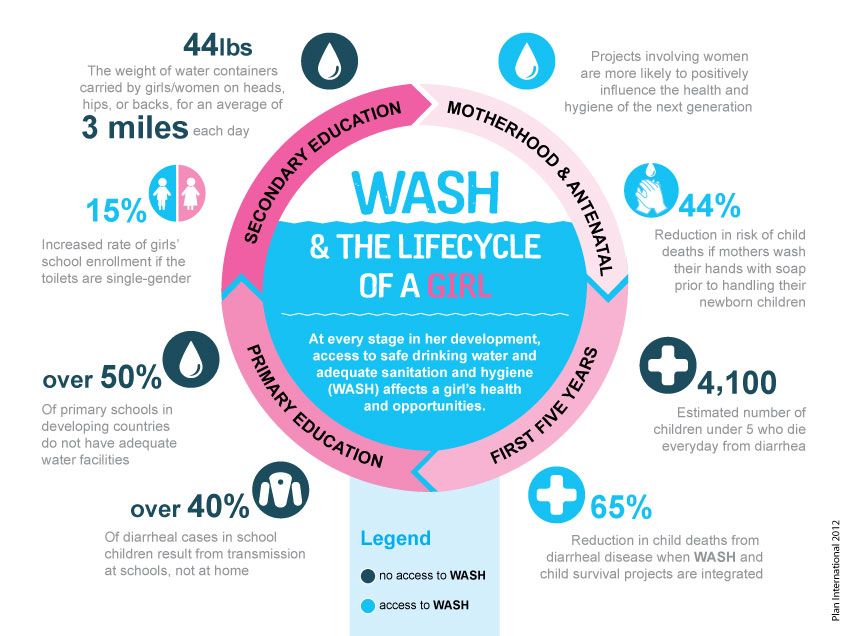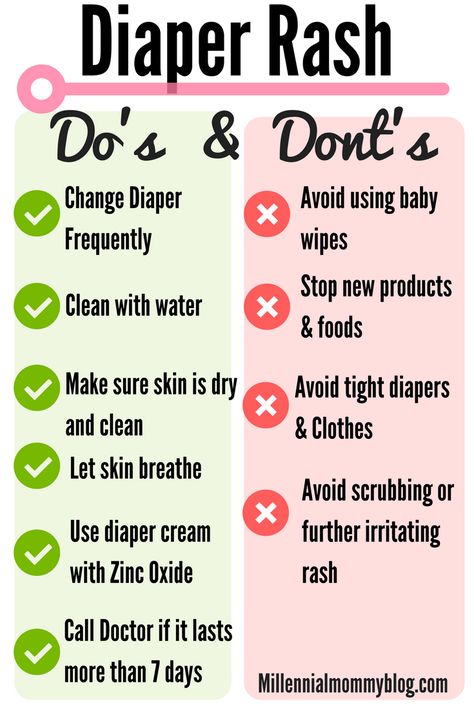What should my newborn's temperature be
Fever (0-12 Months)
Is this your child's symptom?
- An abnormal high body temperature
- Fever is the only symptom. Your child has a true fever if:
- Rectal (bottom), Ear or Forehead temperature: 100.4° F (38.0° C) or higher
- Under the arm (armpit) temperature: 99° F (37.2° C) or higher
- Caution: Ear temperatures are not accurate before 6 months of age
- Caution: Forehead temperatures must be digital. Forehead strips are not accurate.
Causes of Fever
- Overview. Almost all fevers are caused by a new infection. Viruses cause 10 times more infections than bacteria. The number of germs that cause an infection are in the hundreds. Only a few common ones will be listed.
- Viral Infections. Colds, flu and other viral infections are the most common cause. Fever may be the only symptom for the first 24 hours. The start of viral symptoms (runny nose, cough, loose stools) is often delayed.
Roseola is the most extreme example. Fever may be the only symptom for 3 to 5 days. Then a rash appears.
- Bacterial Infections. A bladder infection is the most common cause of silent fever in girls.
- Vaccine Fever. Fever with most vaccines begins within 12 hours. It lasts 2 to 3 days. This is normal and harmless. It means the vaccine is working.
- Newborn Fever (Serious). Fever that occurs during the first 3 months of life can be serious. All of these babies need to be seen as soon as possible. The fever may be due to sepsis (a bloodstream infection). Bacterial infections in this age group can get worse quickly. They need rapid treatment.
- Meningitis (Very Serious). A bacterial infection of the membrane that covers the spinal cord and brain. The main symptoms are a stiff neck, headache and confusion. Younger children are lethargic or so irritable that they can't be consoled. If not treated early, can suffer brain damage.
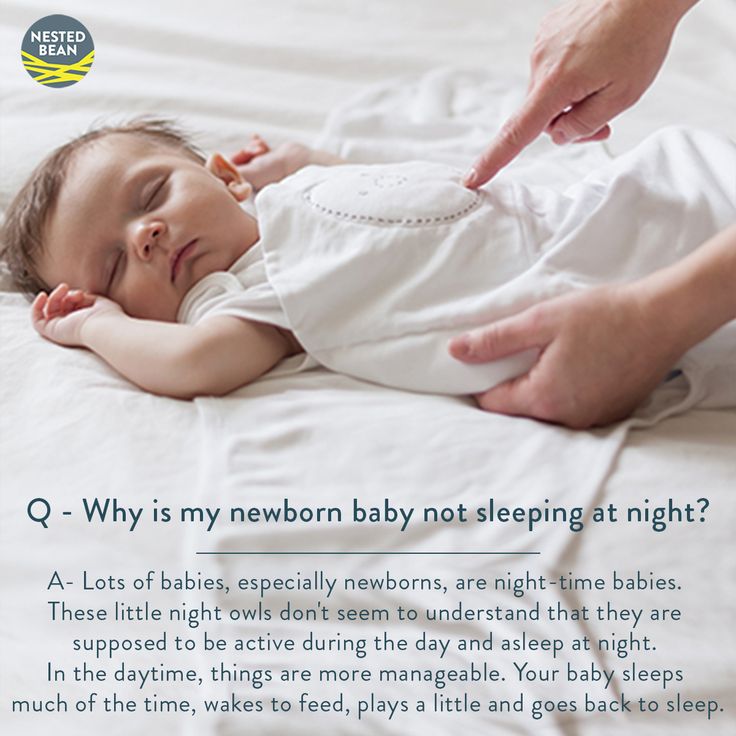
- Overheated. The fever is usually low grade. Can occur during heat waves or from being overdressed. The temp becomes normal in a few hours after moving to a cooler place. Fever goes away quickly with rest and drinking extra fluids.
- Not Due to Teething. Research shows that "getting teeth" does not cause fevers.
Fever and Crying
- Fever on its own shouldn't cause much crying.
- Frequent crying in a child with fever is caused by pain until proven otherwise.
- Hidden causes can be ear infections, kidney infections, sore throats and meningitis.
Normal Temperature Range
- Rectal. A reading of 98.6° F (37° C) is just the average rectal temp. A normal low can be 96.8° F (36° C) in the morning. It can change to a high of 100.3° F (37.9° C) late in the day. This is a normal range.
When to Call for Fever (0-12 Months)
Call 911 Now
- Not moving
- Can't wake up
- Severe trouble breathing (struggling for each breath; can barely speak or cry)
- Purple or blood-colored spots or dots on skin
- You think your child has a life-threatening emergency
Call Doctor or Seek Care Now
- Trouble breathing, but not severe
- Great trouble swallowing fluids or spit
- Fever in baby less than 12 weeks old.
 Caution: Do NOT give your baby any fever medicine before being seen.
Caution: Do NOT give your baby any fever medicine before being seen. - Fever over 104° F (40° C)
- Shaking chills (shivering) lasting more than 30 minutes
- Nonstop crying or cries when touched or moved
- Won't move an arm or leg normally
- Dehydration suspected. No urine in over 8 hours, dark urine, very dry mouth and no tears.
- Weak immune system. Examples are sickle cell disease, HIV, cancer, organ transplant, taking oral steroids.
- Your child looks or acts very sick
- You think your child needs to be seen, and the problem is urgent
Contact Doctor Within 24 Hours
- Age 3-6 months old with fever
- Age 6-12 months old with fever that lasts more than 24 hours. There are no other symptoms (such as cough or diarrhea).
- Fever lasts more than 3 days
- Fever returns after gone for more than 24 hours
- You think your child needs to be seen, but the problem is not urgent
Contact Doctor During Office Hours
- You have other questions or concerns
Self Care at Home
- Fever with no other symptoms and your child acts mildly ill
Seattle Children's Urgent Care Locations
If your child’s illness or injury is life-threatening, call 911.
- Bellevue
- Everett
- Federal Way
- Seattle
Care Advice for Fever
- What You Should Know About Fever:
- Having a fever means your child has a new infection.
- It's most likely caused by a virus.
- You may not know the cause of the fever until other symptoms develop. This may take 24 hours.
- For infants more than 3 months old, most fevers are good for sick children. They help the body fight infection.

- Use the ranges below to help put your child's level of fever into perspective:
- 100° - 102° F (37.8° - 39° C) Low grade fever: helpful, good range. Don't treat.
- 102° - 104° F (39 - 40° C) Average fever: helpful. Treat if causes discomfort.
- Over 104° F (40° C) High fever: causes discomfort, but harmless. Always treat.
- Over 106° F (41.1° C) Very high fever: important to bring it down. Rare to go this high.
- Over 108° F (42.3° C) Dangerous fever: fever itself can be harmful.
- Treatment for All Fevers - Extra Fluids:
- Fluids alone can lower the fever. Reason: being well hydrated helps the body give off heat through the skin.
- For shivering (or the chills), give your child a blanket. Make them comfortable.
- Offer your child extra water or other fluids by mouth. Cold fluids are better. Until 6 months old, only give extra formula or breastmilk.
- For all children, dress in 1 layer of light weight clothing, unless shivering.
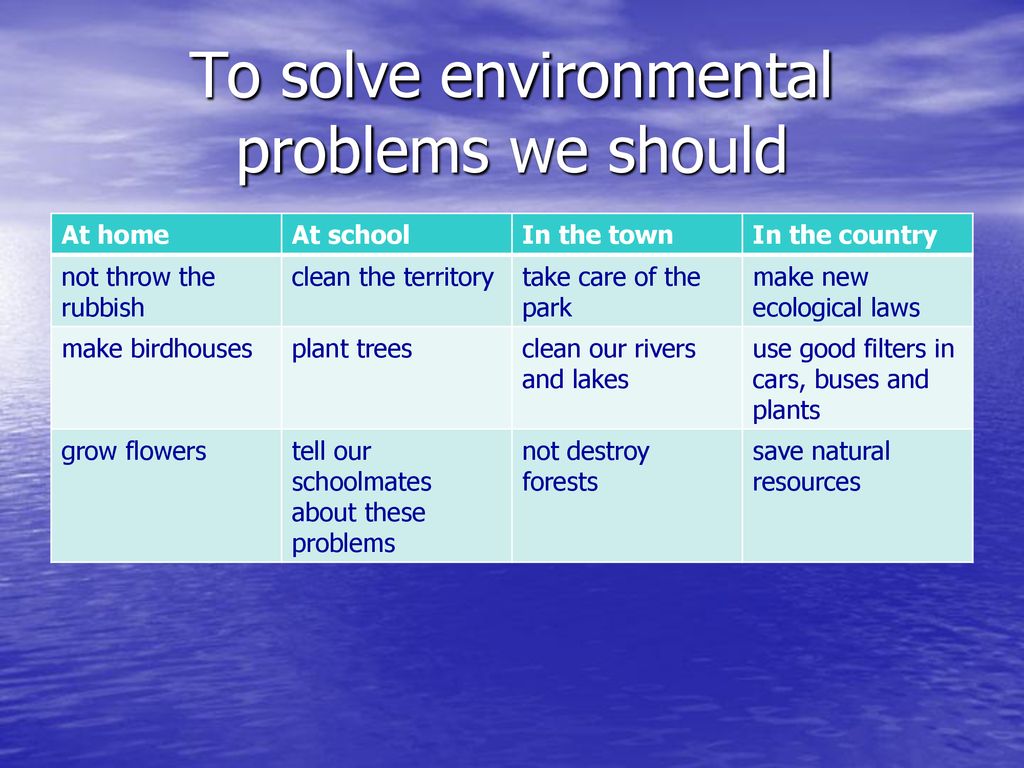 Reason: also helps heat loss from the skin.
Reason: also helps heat loss from the skin. - For shivering (or the chills), give your child a blanket. Make them comfortable.
- Caution: if a baby under 1 year has a fever, never overdress or bundle up. Reason: Babies can get over-heated more easily than older children.
- Fever Medicine:
- Caution: Do not give a baby under 3 months any fever medicine. Most of these babies will need to be seen.
- For fevers 100°-102° F (37.8° - 39°C), fever meds are not needed. Reason: fevers in this range help the body fight the infection. Fevers turn on the body's imune system. Fevers don't cause any discomfort. Fever meds are mainly needed for fevers higher than 102° F (39° C).
- Give an acetaminophen product (such as Tylenol).
- Another choice is an ibuprofen product (such as Advil) if over 6 months old.
- Goal of treatment: keep the fever at a helpful level. Most often, the fever meds lower the fever by 2° to 3° F (1 - 1.
 5° C). They do not bring it down to normal. It takes 1 or 2 hours to see the effect.
5° C). They do not bring it down to normal. It takes 1 or 2 hours to see the effect. - Do not use aspirin. Reason: Risk of Reye syndrome, a rare but serious brain disease.
- Do not use both acetaminophen and ibuprofen together. Reason: Not needed and a risk of giving too much.
- Pain: fever does not cause pain. If your child also has pain, it's from the infection. It may be a sore throat or muscle pain. Treat the pain, if it's more than mild.
- Return to Child Care:
- Your child can return to child care after the fever is gone. Your child should feel well enough to join in normal activities.
- What to Expect:
- Most fevers with viral illnesses range between 101° and 104° F (38.4° and 40° C).
- They may last for 2 or 3 days.
- They are not harmful.
- Call Your Doctor If:
- Your child looks or acts very sick
- Any serious symptoms occur such as trouble breathing
- Fever goes above 104° F (40° C)
- Any fever occurs if less than 12 weeks old
- Fever without other symptoms lasts more than 24 hours
- Fever lasts more than 3 days (72 hours)
- You think your child needs to be seen
- Your child becomes worse
And remember, contact your doctor if your child develops any of the 'Call Your Doctor' symptoms.

Disclaimer: this health information is for educational purposes only. You, the reader, assume full responsibility for how you choose to use it.
Last Reviewed: 12/20/2022
Last Revised: 09/18/2022
Copyright 2000-2022 Schmitt Pediatric Guidelines LLC.
How to take a newborn’s temperature
Your best bet is to use a digital thermometer. These can be bought inexpensively in any supermarket or pharmacy and can be used to take rectal (in the bottom) or axillary (in the armpit) temperature readings.
Taking a rectal temperature gives the most accurate reading of body temperature in infants and young children. However, if the thought of doing this makes you squeamish, taking an axillary temperature is the next best choice.
Be aware that temperature strips, which are placed on someone's forehead for a reading, have been found to be poor indicators of true body temperature, especially in infants and children, and should be avoided.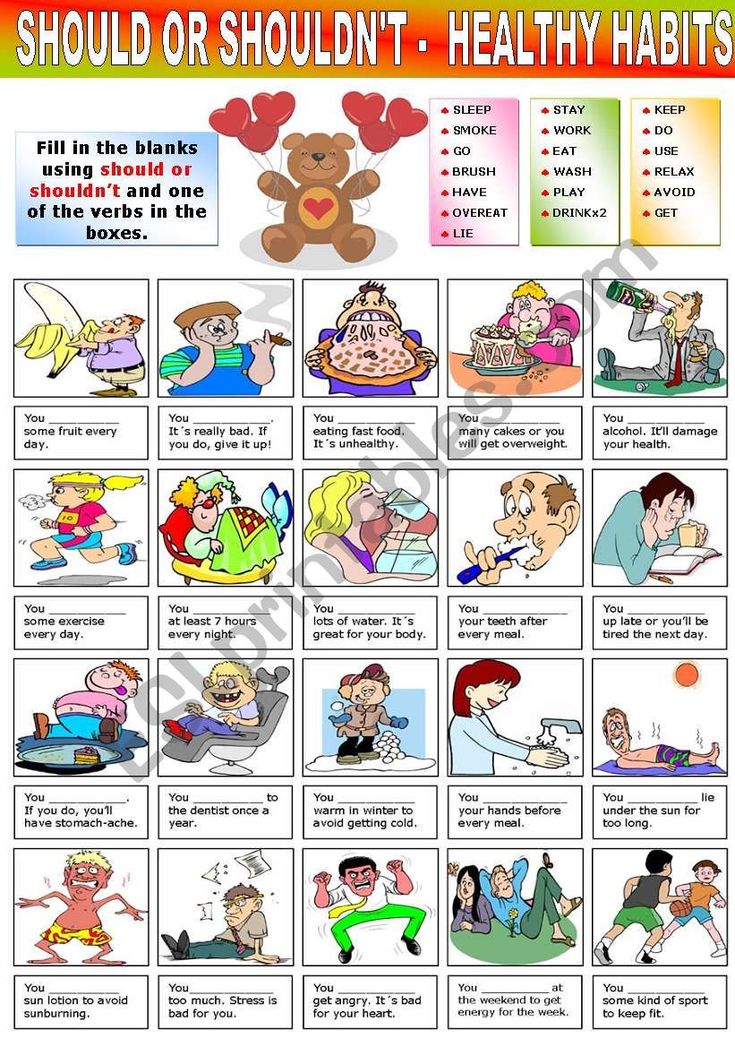 The digital thermometer is best for temperature taking at home.
The digital thermometer is best for temperature taking at home.
Taking a rectal temperature
- Lubricate the tip of the thermometer with a lubricating jelly. Check the manufacturer's directions to see whether water-soluble jelly or petroleum jelly is recommended.
- Place your baby on a firm, flat surface such as a changing table.
- Using your hand, insert the lubricated thermometer through the anal opening, about one-half to one inch or about 1.25 to 2.5 centimeters into the rectum. Stop at less than ½ inch or about 1.25 centimeters if you feel any resistance.
- Steady the thermometer between your second and third fingers as you cup your hand against your baby's bottom. Soothe your baby and speak to him/her quietly as you hold the thermometer in place.
- Wait until you hear the appropriate number of beeps or other signal that the temperature is ready to be read. Read and record the number on the screen, noting the time of day that the reading was taken.

Taking an axillary temperature
- Remove your child's shirt and undershirt. The thermometer should touch skin only, not clothing.
- Insert the thermometer in your child's armpit. Fold your child's arm across his chest to hold the thermometer in place.
- Wait until you hear the appropriate number of beeps or other signal that the temperature is ready to be read. Read and record the number on the screen, noting the time of day that the reading was taken.
Additional tips
- Never take your baby's temperature right after a bath or if he/she has been bundled tightly for a while — this can affect the temperature reading
- Never leave a child unattended while taking his temperature
- Temperature should be taken only if the baby feels hot or is lethargic
- A baby's normal temperature range:
- Under the arm is 97.5 to 99.3 degrees Fahrenheit or 36.5 to 37.4 degrees Celsius
- Rectal is 100.2 degrees Fahrenheit or less, or 37.
 9 degrees Celsius or less
9 degrees Celsius or less
- These are the American Academy of Pediatrics recommended ranges. If you have questions or concerns, be sure to discuss them with your baby's healthcare provider
Download the printable version of this page (PDF)
"What should be the temperature of a newborn?" - Parents.ru
Health
- Photo
- Getty Images/Caiaimage
What is the normal temperature for a 10 day old baby? My son's temperature ranges from 36.7 to 37.1-37.2°C during the day. This is fine?
Daria, Moscow
neonatologist, head of the neonatal department of the maternity hospital of the Federal State Budgetary Institution "Central Clinical Clinical Hospital" of the Office of the President of the Russian Federation
The child spends 9 months in the mother's stomach, where the temperature is higher than outside. Accordingly, in the future baby, this figure exceeds the usual 36.6 ° C for us. After birth, the body begins to adapt to new conditions, so up to a year the temperature in the baby can fluctuate quite widely. The normal temperature in a newborn (the first month of life) is 36.6–37.2 ° C. Subfebrile temperature (above 37°C) is associated with very high growth rates of newborns. If the thermometer reads less than 36.6°C, your baby probably needs extra warmth. Pay attention to the temperature in the room and how the child is dressed. Maybe he needs to put on a hat, socks, cover with a blanket. If the newborn, on the contrary, overheated, screamed for a long time, or dehydration occurred, the thermometer can rise above 38 ° C. Fever is also an important symptom of infectious and inflammatory diseases. In this case, you should definitely contact your pediatrician. nine0003
Accordingly, in the future baby, this figure exceeds the usual 36.6 ° C for us. After birth, the body begins to adapt to new conditions, so up to a year the temperature in the baby can fluctuate quite widely. The normal temperature in a newborn (the first month of life) is 36.6–37.2 ° C. Subfebrile temperature (above 37°C) is associated with very high growth rates of newborns. If the thermometer reads less than 36.6°C, your baby probably needs extra warmth. Pay attention to the temperature in the room and how the child is dressed. Maybe he needs to put on a hat, socks, cover with a blanket. If the newborn, on the contrary, overheated, screamed for a long time, or dehydration occurred, the thermometer can rise above 38 ° C. Fever is also an important symptom of infectious and inflammatory diseases. In this case, you should definitely contact your pediatrician. nine0003
How often should a three-week-old baby be breastfed? How many night feeds do you need? My mother says that at night it is better to feed him once, and then give him water to drink if he wakes up.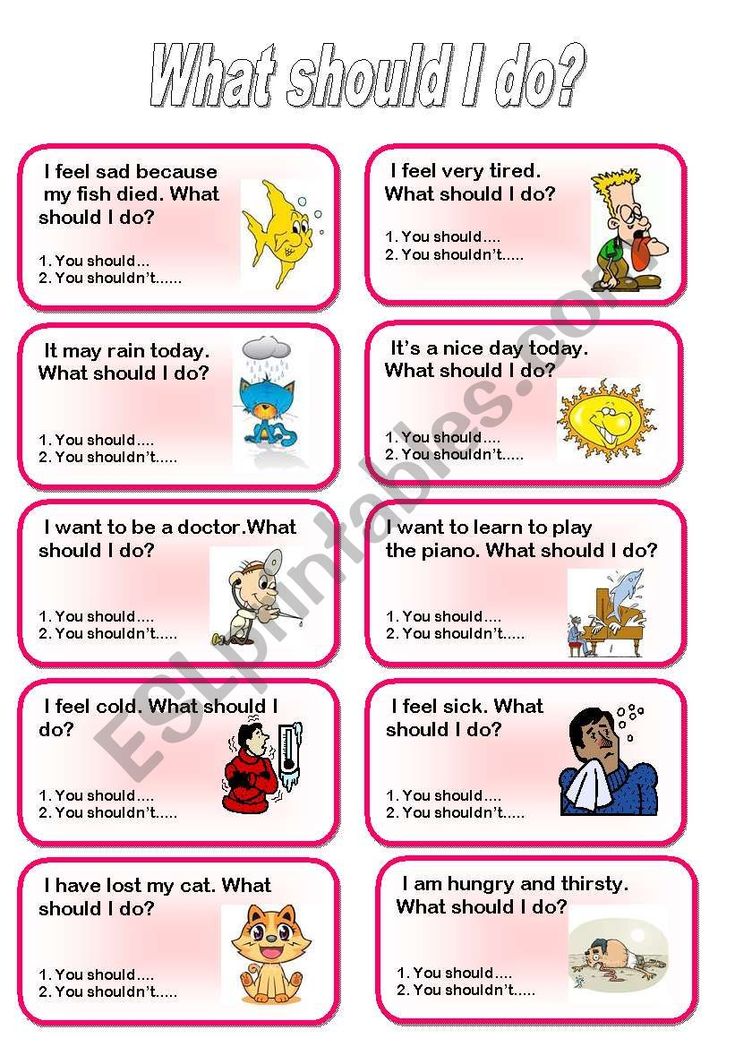 Otherwise, then it will be, waking up, to demand breasts.
Otherwise, then it will be, waking up, to demand breasts.
Inna, Sochi
Infants in the first month of life should be breastfed on demand. The mode is set by the child himself. Each baby is individual: someone eats 7 times a day, someone - 12. When breastfeeding, it is permissible to feed every two hours. Some children take a six-hour break once a day, most often during a night's sleep. There is no need to wake the child. Wait until he gets hungry. Then he will suckle the breast with great pleasure. Water can be offered between feedings, although breast milk for a newborn is both food and drink. nine0003
When formula-feeding, it is better to use an orthodontic nipple, the shape of which resembles the nipple of a woman's breast. She has a wide soft base, so when sucking, the lower jaw moves more actively.
There are orange spots on the diaper. The child is seven days old. The doctor said that nothing needs to be done, but I'm still worried.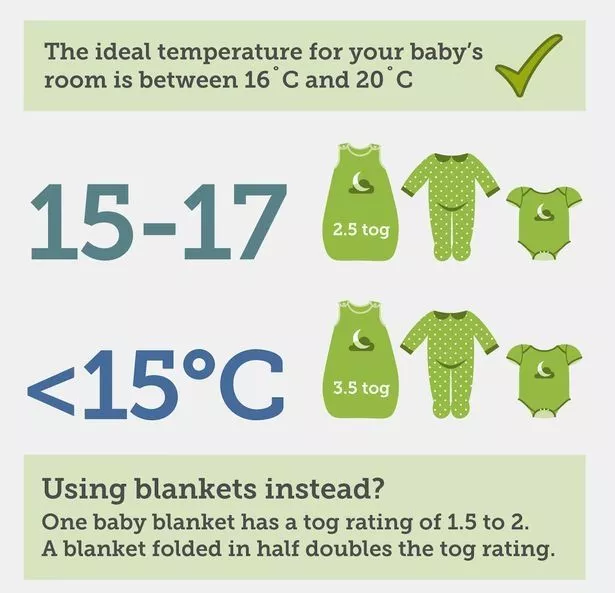
Margarita, Saratov
The first seven days of life is a period of adaptation (adaptation) to autonomous extrauterine existence. This period is characterized by transitional (transient, that is, temporary) states. These include uric acid infarction of the kidneys. It sounds scary, but there is nothing threatening the health of the baby here. Because your doctor is right: no treatment is required. The orange spots on the diaper that we see are uric acid salts that have precipitated. This phenomenon is associated with the peculiarity of metabolism in children during the first seven days of life. Usually this does not affect the well-being of the baby. By the tenth day, when the kidneys get used to the new living conditions, everything returns to normal on its own. nine0003
More useful and interesting materials about the health of newborn babies - in our channel on Yandex.Zen.
Lyubov Prishlaya
Tags
- Question to Pediatrician
Read today
Can a child have a different blood type than their parents? Doctor answers
Looks like dad and grandma Diana: 5 new photos of daughter Megan and Harry0003
Live stream and sunset funeral: 8 features of the burial of Elizabeth II
High relationship: Prince William attended the wedding of an ex-girlfriend - Kate stayed at home after the birth?
WHO recommends the first bath of a newborn at least 24 hours after delivery.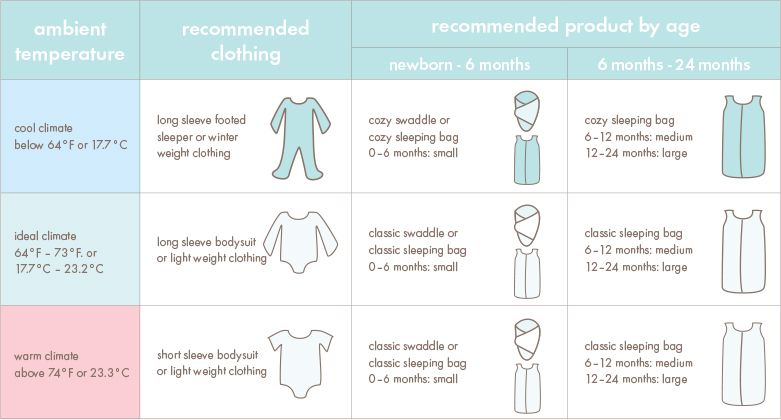 The infant is born covered with primordial lubrication, or vernix, a mixture of sebum, epidermal exfoliation, and remnants of vellus hair that protects its skin in the womb. Vernix has an antimicrobial effect and helps to maintain the balance of fluid on the skin surface, so it is important not to wash off the film on the first day. nine0003
The infant is born covered with primordial lubrication, or vernix, a mixture of sebum, epidermal exfoliation, and remnants of vellus hair that protects its skin in the womb. Vernix has an antimicrobial effect and helps to maintain the balance of fluid on the skin surface, so it is important not to wash off the film on the first day. nine0003
After discharge from the maternity hospital, you can bathe the baby on the same evening - however, if you spent a lot of time on the road, returned late and were tired, you can safely postpone the procedure until morning.
The umbilical wound of the baby heals within a few days and is not a contraindication for water procedures, so do not be afraid of the bath and clean the baby with wet wipes - this method does not replace a full bath. If you have any questions, don't hesitate to ask your doctor. nine0003
How to bathe a newborn baby?
We figured out when you can bathe a newborn after the maternity hospital - now it is important to understand the algorithm of actions.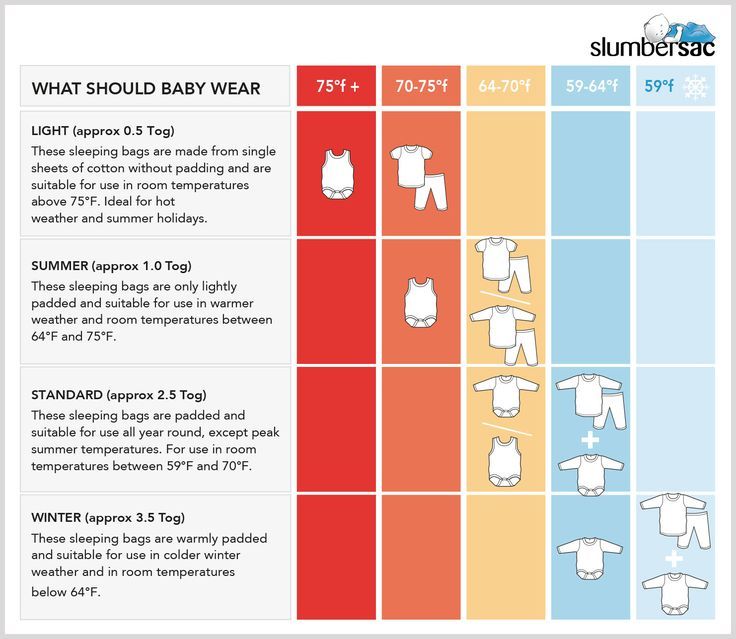 The rules for bathing newborns are simple, but at first you can reread them before the procedure in order to remember all the details of caring for a baby at home.
The rules for bathing newborns are simple, but at first you can reread them before the procedure in order to remember all the details of caring for a baby at home.
When is the best time to bathe a newborn?
There is no clear rule at what time it is better to bathe a newborn baby up to 1 month old. Some prefer to bathe the baby in the morning when he is in a good mood and ready for a new day. Others take it in the evening, before feeding, as warm water relaxes and soothes the baby. If, after bathing, on the contrary, he falls asleep for a long time, transfer water procedures to the morning. The main thing is to teach him to swim at the same time, daytime or evening, to develop a routine. Also, do not properly wash a newborn baby immediately after feeding or when he is hungry. nine0003
How to bathe a newborn?
As a rule, bathing a newborn baby for the first time at home is recommended in a bath, it is more convenient and safer. A two-month-old baby can splash in an adult bath, which must be thoroughly washed before each procedure for hygiene reasons.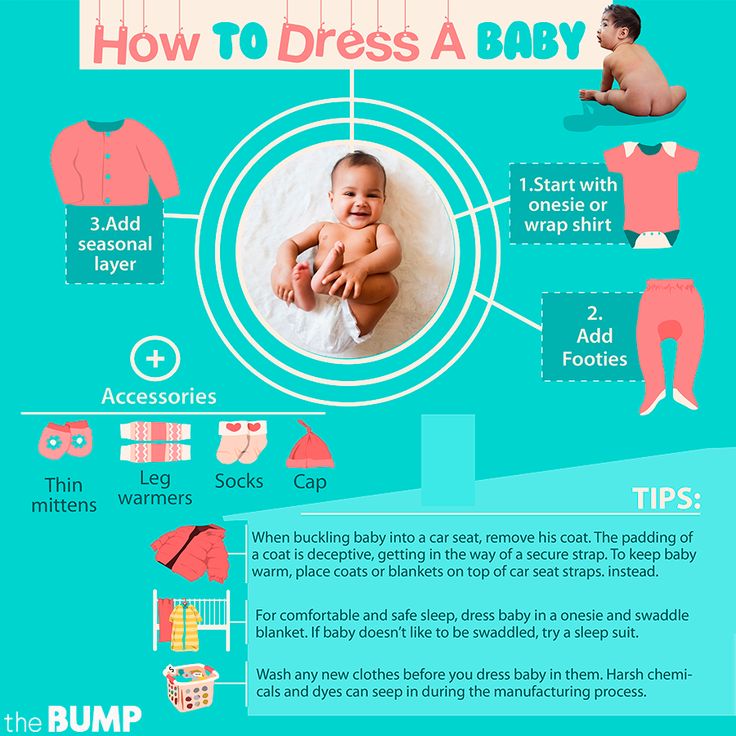 What to bathe in is not so important for the newborn himself, so focus on your comfort.
What to bathe in is not so important for the newborn himself, so focus on your comfort.
The most important rule is to follow safety precautions. The child should not be left alone in the bathroom even for a few seconds. While he is in the water, an adult holds him constantly with at least one hand in order to react in case of a sudden movement of the baby. Before bathing, prepare a towel, clean clothes, soap, shampoo, and other necessary items at arm's length so as not to go for them. nine0003
How many degrees should the water be for bathing a baby?
The optimum warmth of water for an infant is around 37°C, according to his body temperature, so that he does not freeze or overheat. Get a water thermometer and don't rely on folk methods like checking your temperature with your elbow. The technique is much more reliable! Feelings can deceive you by several degrees, and for the delicate skin of a child, such a difference is critical.
Parents are worried about how many degrees of water should be for bathing a newborn, but the temperature in the bathroom itself is no less important.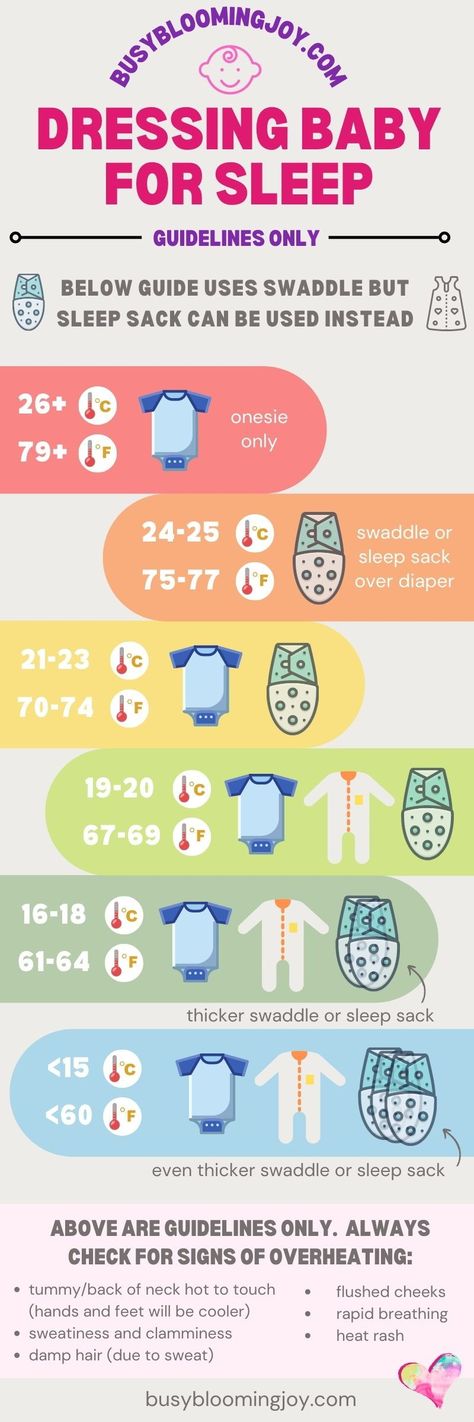 It should be warm and humid here, up to 24 ° C. When you have undressed the baby, immediately immerse him in water so that he does not have time to freeze. nine0003
It should be warm and humid here, up to 24 ° C. When you have undressed the baby, immediately immerse him in water so that he does not have time to freeze. nine0003
Newborn bath products
According to pediatricians, it is enough to bathe a newborn baby with plain water. If necessary, you can connect to help special tools that are suitable for babies. They have a delicate composition that takes into account the characteristics of the skin of the crumbs.
You can pay attention to a cleanser that does not contain soap, fragrances. Lipikar Syndet AP+ Lipid-replenishing cream-gel for face and body gently cleanses without stinging eyes and softens the skin. nine0003
How often should you bathe a newborn with detergent? No more than 1-2 times a week to keep the hydrolipid mantle of the baby's skin.
How to properly wash a newborn?
How to properly bathe a newborn baby in a bath to cleanse the delicate skin of impurities?
- Have your baby's towel, bath products, diaper and clean clothes ready and place them near the tub.
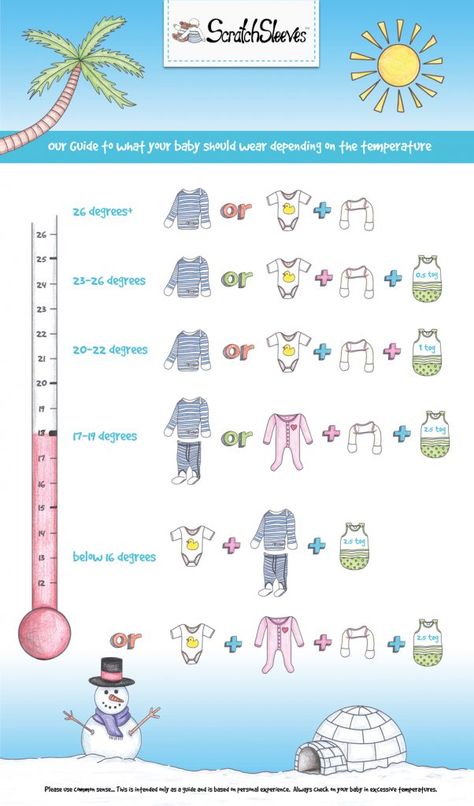 Ask the second parent or someone close to insure you the first few times to feel more confident. nine0063
Ask the second parent or someone close to insure you the first few times to feel more confident. nine0063 - Draw water. Before immersing the baby, additionally check the temperature, even if it was checked a couple of minutes ago.
- Slowly lower the baby into the tub, starting with the feet. For the first time, act as carefully as possible so that the baby is comfortable and pleasant - this is how you form a positive reaction to bathing.
- Check the position of the baby: head and neck on your left forearm, with the same hand supporting the shoulders. The bath with a slide simplifies the task, in it the child automatically takes the desired position. nine0063
- Gently rinse face, head and body with right hand. Rinse every skin fold and area behind the ears where dirt accumulates. Lastly, clean the perineum, both in the boy and in the girl.
How long can I bathe my baby?
The optimal duration of the first bath is about 5 minutes, then the time can be increased to 10 minutes or more.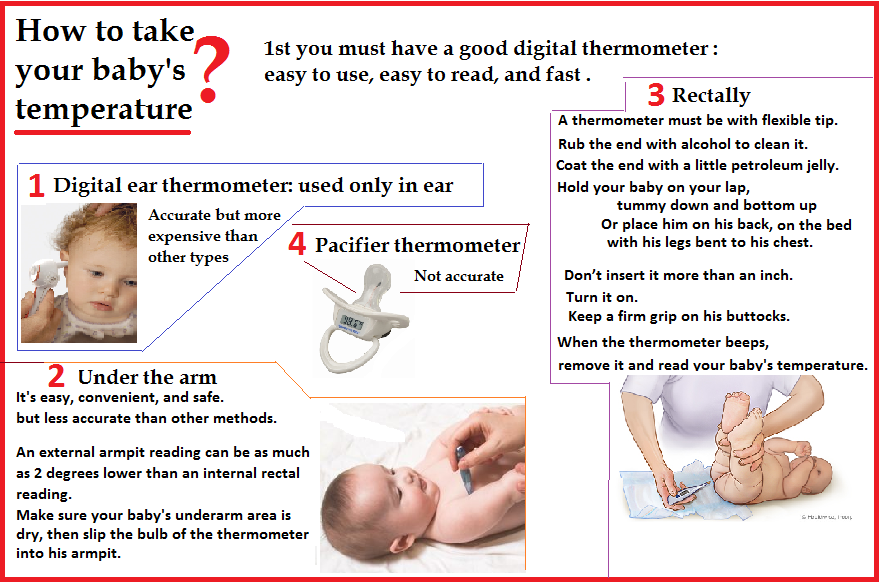 The duration of water procedures depends on the nature of the baby, but usually at 3 months, children like to splash in the water for 20-30 minutes and have fun with their favorite toys. The kid himself will tell you how long to bathe him: when signs of fatigue appear, it's time to dry off and sleep! nine0003
The duration of water procedures depends on the nature of the baby, but usually at 3 months, children like to splash in the water for 20-30 minutes and have fun with their favorite toys. The kid himself will tell you how long to bathe him: when signs of fatigue appear, it's time to dry off and sleep! nine0003
How often should a newborn be bathed?
The opinion of doctors about the frequency of bathing a newborn varies. Some believe that a bath can be taken every day, others that three baths a week are enough, until the baby crawls, actively collecting dust and bacteria from the floor and other surfaces. Bathing too often dries the skin and disrupts the formation of a natural protective barrier, too little leads to the accumulation of microbes in the skin folds, rashes and irritation. How often to bathe a newborn baby up to a month old, when and at what age to start bathing daily, you decide - watch the baby and his reaction to water procedures. nine0003
What to do after swimming?
Now it's clearer how to bathe a newborn, but what to do next? When you get the baby out of the water, it is important not to let him freeze - to do this, immediately wrap him in a warm towel and take him to the changing table.



